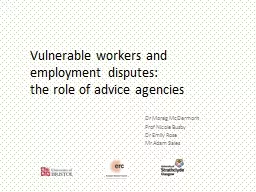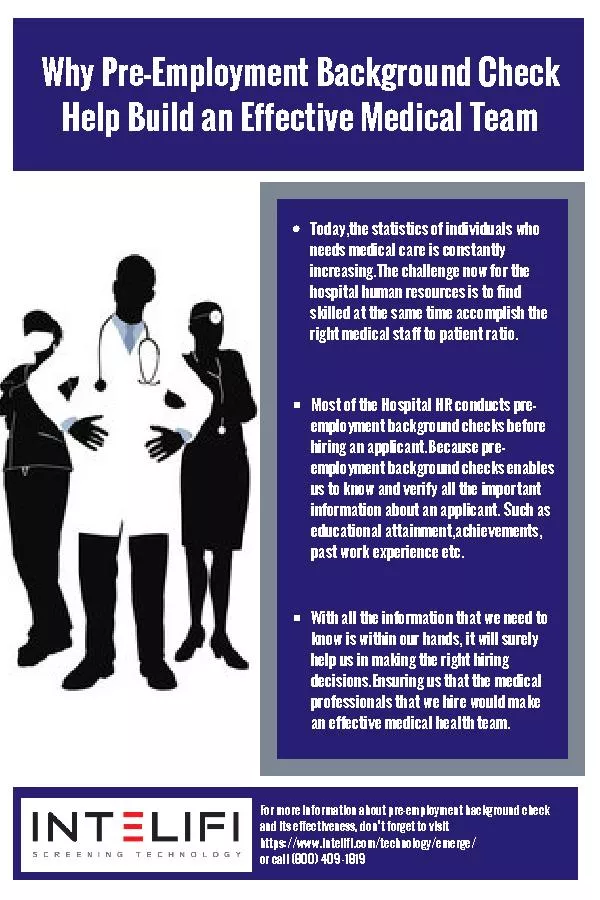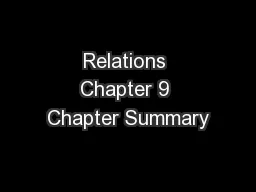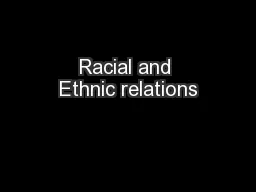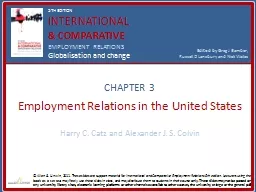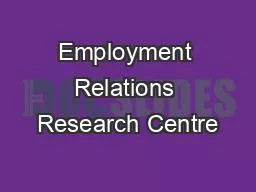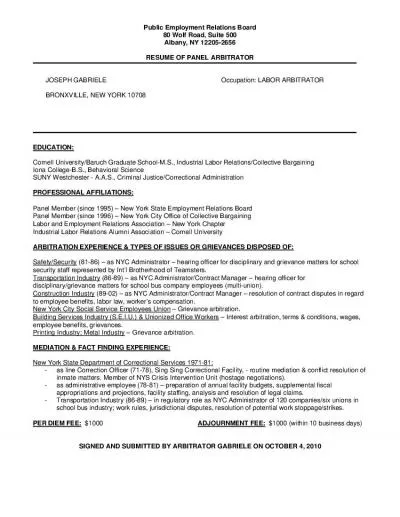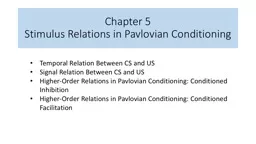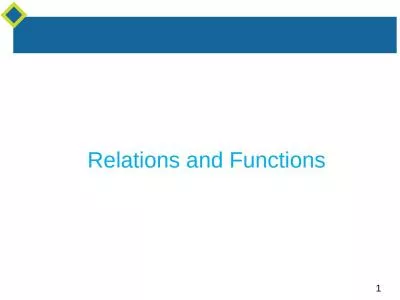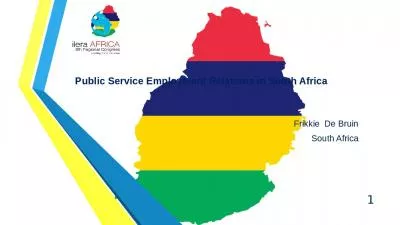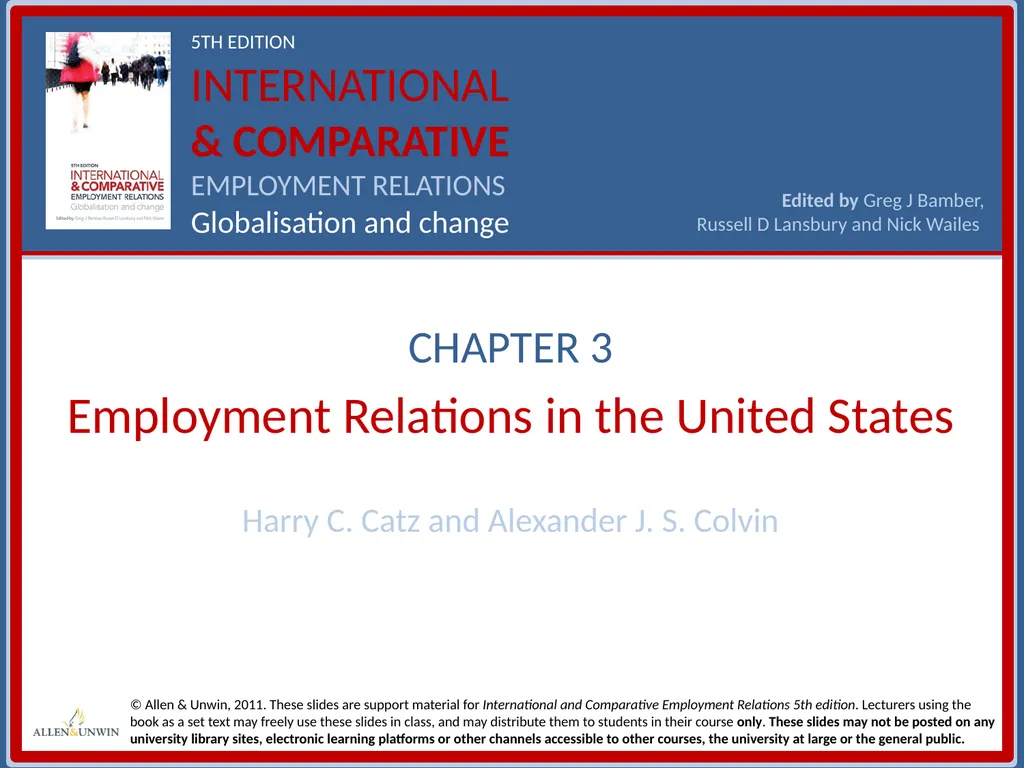
Author : stefany-barnette | Published Date : 2025-06-23
Description: CHAPTER 3 Employment Relations in the United States Harry C Catz and Alexander J S Colvin Lecture Outline Key themes Historical context The role of the state US employers US unionism and revitalisation Collective bargaining The 2000sDownload Presentation The PPT/PDF document "CHAPTER 3 Employment Relations in the United" is the property of its rightful owner. Permission is granted to download and print the materials on this website for personal, non-commercial use only, and to display it on your personal computer provided you do not modify the materials and that you retain all copyright notices contained in the materials. By downloading content from our website, you accept the terms of this agreement.
Here is the link to download the presentation.
"CHAPTER 3 Employment Relations in the United"The content belongs to its owner. You may download and print it for personal use, without modification, and keep all copyright notices. By downloading, you agree to these terms.
